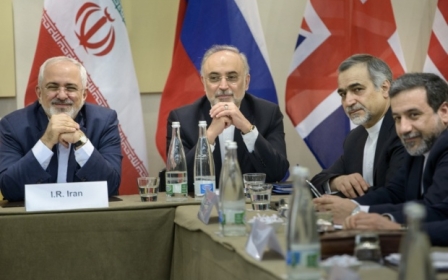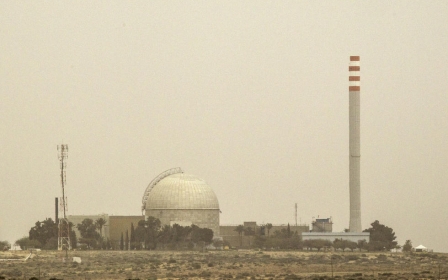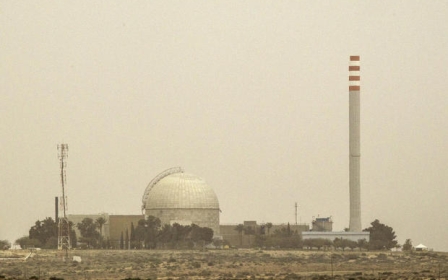Israel tests ‘dirty’ bombs in Negev desert

Israel carried carried out tests in the Negev desert in order to gauge out the repercussions and damage caused by an explosion of a “dirty” radiological bomb by enemy forces, according to the Israeli daily Haaretz.
A dirty bomb combines radiological materials with other more standard explosives. The tests were carried out following a similar four-year project dubbed “Green Field” at the Dimona nuclear reactor, 36 kilometres from the town of Beersheba, and ended in 2014.
The majority of the explosion tests were implemented in the desert, while one was done at a closed facility. For the latter, the area had to be closed off until the effects of radiation were eliminated.
The research gathered determined that at the centre of the explosions, high-level radiation was measured. There was also a low-level distribution of radiation, caused by particles carried by the wind, but they were not deemed to present a considerable danger by sources at the reactor.
The research outcomes have been collected in nuclear science databases and presented at scientific gatherings. According to researchers, the tests were conducted for defensive purposes and not for offensive acts.
The tests involved 20 detonations, comprising 250 grams to 25 kilograms of explosives, mixed with a radioactive material called 99mTc which is used for medical imaging. Tiny drones were used to measure radiation, while sensors measured the impact of each blast.
The tests, Haaretz said, stemmed from public concern over radiological terrorism after the 11 September attacks in the United States in 2001, in addition to the threat that al-Qaeda members have made to attack the US again.
Israel has not experienced a radioactive attack before, but the government has taken all precautions and made arrangements in case such a situation occurs. In the case of such an event, the Israeli army’s Home Front Command website includes an explanation of how to react.
The Negev desert not only houses the Dimona nuclear reactor, but is also home to 200,000 Palestinian Bedouins. Some 90,000 of them live in 46 villages, of which 35 are not recognised by Israel and thus do not receive any basic services such as water or electricity.
There are fears from within the Bedouin community that Israel will proceed with a now shelved plan, known as the Prawer Plan, to forcibly displace those in unrecognised villages - around 70,000 - into government-built townships.
It has long been speculated that besides planning to build Jewish settlements in place of these Bedouin villages, the government planned to clear some of these villages in order to use them as military training and exercise bases away from urban areas.
Israel has long avoided mention of its nuclear plant activity, even after its nuclear programme was leaked to the media in 1986 by Mordechai Vanunu, a technician who worked at the reactor. Moreover, reports that Israel has succeeded in building an entire underground nuclear arsenal - estimated to be made up of 80 warheads - has been met with relative silence from the international community.
New MEE newsletter: Jerusalem Dispatch
Sign up to get the latest insights and analysis on Israel-Palestine, alongside Turkey Unpacked and other MEE newsletters
Middle East Eye delivers independent and unrivalled coverage and analysis of the Middle East, North Africa and beyond. To learn more about republishing this content and the associated fees, please fill out this form. More about MEE can be found here.




